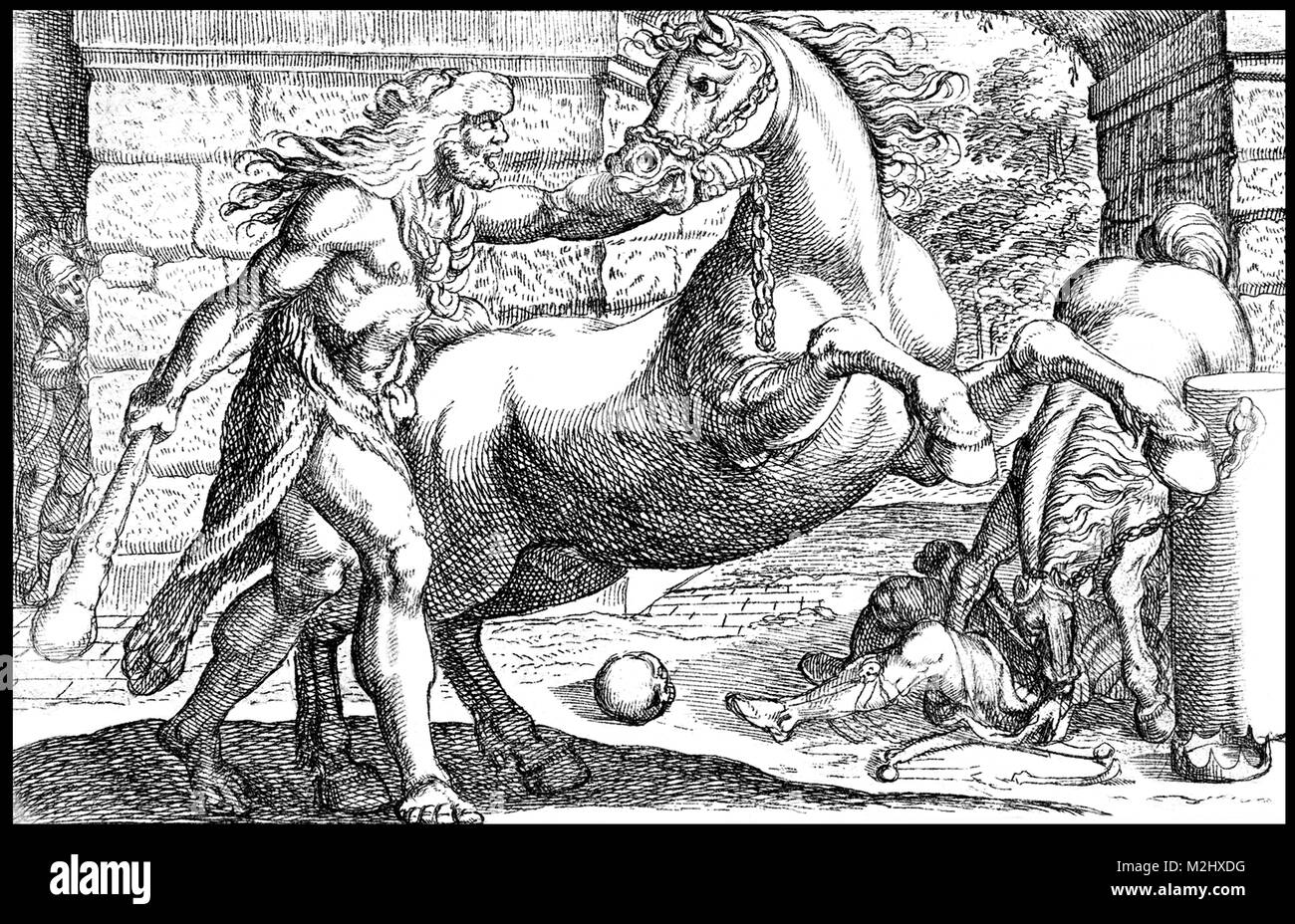Alexander’s Army at Thebes: The Advance Guard
The most recognizable and iconic soldiers in Alexander the Great’s Macedonian army were his heavy infantry. The big blocks of highly-drilled soldiers wielding 18-foot long pikes. Long before these men even formed up for battle, however, a cloud of fast, lightly-armed horsemen went ahead to find the enemy, and to cover the advance of the main army. It is these troops, most notably the mounted Thracian scouts or prodromoi, as they were known, which Dimitrios, my Captain of Thebes from the subtitle of the novel, meet in Chapter Four.
Prodromoi (which means “precursors” in English or “runners ahead” ) were fast, furious and ferocious horsemen recruited from the riders of Thrace, an area long famous for breeding and training especially fine horses. Their horses were supposedly descended from the fierce man-eating Mares of Thrace (also known as the Mares of Diomedes, a legendary king of Thrace who was said to be the son of the war god, Ares). Ironically, it was the mythological Theban hero, Herakles, who first tamed those very horses (as shown in the drawing below).

It is thus no surprise that these superb war horses and the equally superb men who tamed and rode them had little trouble in driving off their Theban counterparts. The flight of those Theban horsemen left Dimitrios and his phalanx of citizen-soldier hoplite spearmen on their own at a spot known as “the enclosure of Iolaus” – a farm alongside the road to Thebes near the shores of Lake Copais.
While the prodromoi could not hope to best the bristling phalanx of shield-bearing armored hoplites in a head-on fight, they did not have to – nor were they expected to do so. Their war horses, for all of their power and strength, were not so stupid or reckless to charge into a forest of leveled spears. Instead, they proudly pranced around the block of spear men while their riders leisurely sought out and accurately hurled javelins at the more vulnerable flanks and rear of their formation. The foot soldiers could attack, but if they did the horsemen would just back off, then circle about and find more targets. The infantry could form a protective orb or square formation, with shields facing out in all directions (and even some held over their heads), but that meant they were immobilized – and thus a waiting, tempting and trapped target for the heavy combat troops of the Macedonian main body. It is such troops that are marching down the road, heading straight for our Captain of Thebes.
Comments (3)